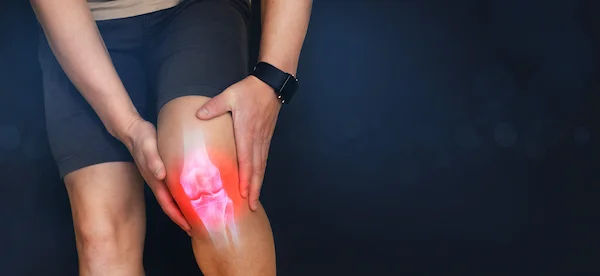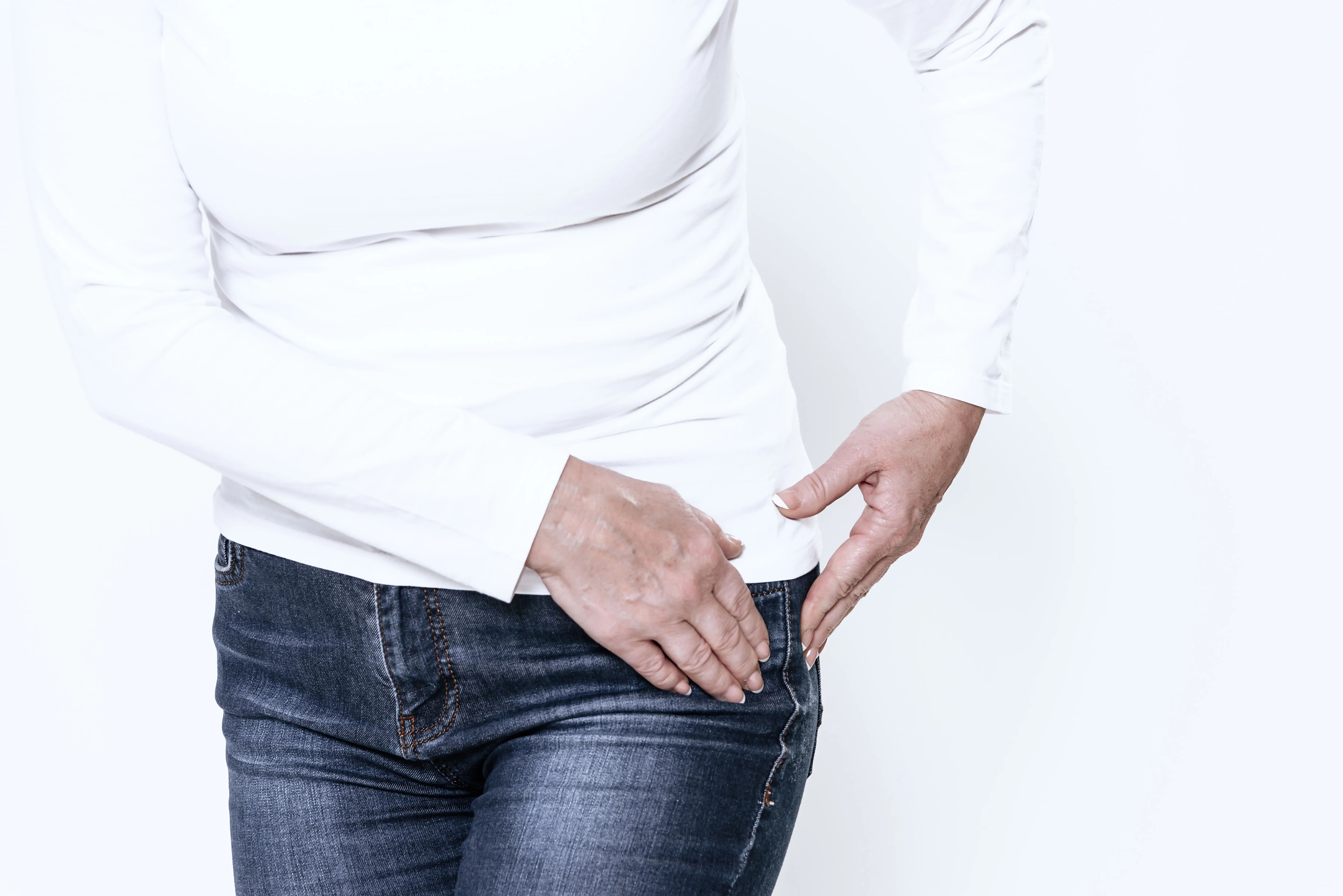Position After Hip Replacement Surgery
Discover the best sleeping and sitting positions after hip replacement surgery. Learn how proper posture supports healing, prevents dislocation, and promotes a smooth recovery.

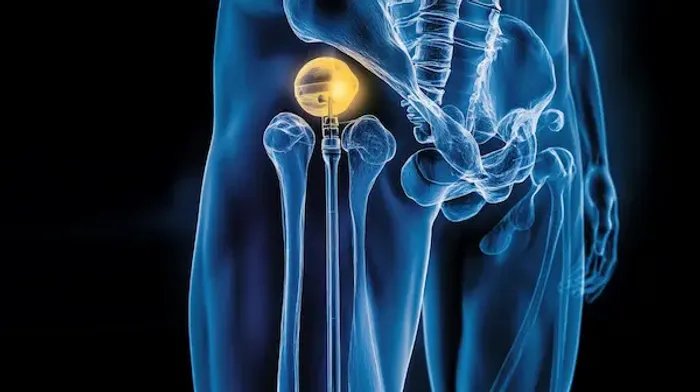
Introduction
Hip replacement surgery is a life-changing procedure that can relieve pain and improve mobility. However, the recovery process is just as important as the surgery itself. One of the key aspects of recovery is maintaining the right positions to avoid complications and ensure proper healing.
In this article, we’ll discuss the best positions to adopt after hip replacement surgery, precautions to take, and tips for a smooth recovery.
Why Is Positioning Important After Hip Replacement?
After hip replacement surgery, your new joint needs time to heal and stabilise. Certain movements or positions can put stress on the hip, increasing the risk of dislocation (when the ball of the joint comes out of the socket). To prevent this, doctors recommend specific guidelines on how to sit, stand, lie down, and move during recovery.
Safe Positions After Hip Replacement Surgery
Below are some safe sleeping and sitting positions after hip replacement surgery:
1. Sitting Position
Do’s:
Sit in a firm chair with a straight back and armrests.
Keep your knees slightly apart (avoid crossing legs).
Ensure your hips are higher than your knees (use a cushion if needed).
Don’ts:
Avoid low, soft chairs or sofas (they can make it hard to stand up).
Don’t cross your legs or ankles. This can strain the hip.
2. Sleeping Position
Do’s:
Sleep on your back with a pillow between your legs to keep hips aligned.
If sleeping on your side, place a pillow between your knees to prevent twisting.
Don’ts:
Avoid sleeping on the operated side for the first 6 weeks.
Don’t twist your hips while turning in bed. Move your whole body together.
3. Standing and Walking
Do’s:
Stand straight with feet shoulder-width apart.
Use a walker or crutches as advised by your doctor.
Take small, steady steps to avoid sudden movements.
Don’ts:
Avoid bending forward too much at the waist.
Don’t pivot or twist your operated leg. Turn your whole body instead.
4. Getting In and Out of a Car
Do’s:
Slide the car seat back for more space.
Sit down first, then swing both legs in together.
Use a cushion to raise your hip level if needed.
Don’ts:
Avoid low cars that require deep bending.
Don’t twist your body while entering or exiting.
Consult Top Specialists for Personalised Tips
Precautions to Follow
Some precautions to follow are:
Avoid Bending Past 90 Degrees: Don’t bend your hip more than a right angle (like when tying shoes or picking things up).
No Crossing Legs or Knees: Keep your legs parallel to prevent hip strain.
Use Assistive Devices: A raised toilet seat, grabber tool, or long-handled shoehorn can help.
Follow Physical Therapy: Strengthening exercises will help regain mobility safely.
How Long Should You Follow These Precautions?
Most patients need to follow these precautions for 6 to 12 weeks, but this varies depending on your recovery speed and surgeon’s advice. Over time, you’ll regain flexibility and strength.
Tips for a Smooth Recovery
Some of the tips for smooth recovery are:
Stay Active (But Carefully): Short walks help blood circulation and prevent stiffness.
Eat a Balanced Diet: Protein, vitamins, and calcium support healing.
Avoid High-Impact Activities: Skip running, jumping, or heavy lifting for a few months.
Attend Follow-Up Appointments: Regular check-ups ensure proper healing.
When to Seek Help?
Contact your doctor if you experience:
Severe pain or swelling
Fever or signs of infection
A popping sound or feeling of the hip "giving way"
Conclusion
Recovering from hip replacement surgery takes patience, but following the right positions and precautions will help you heal safely. With time, you’ll regain mobility and enjoy a pain-free life. If you have concerns or need personalised advice, consider booking a consultation with an orthopaedic specialist on Apollo 24|7 for expert guidance. Stay positive, follow your doctor’s instructions, and take it one step at a time. Your new hip will soon feel like a natural part of you!
Consult Top Orthopaedic Surgeon
Consult Top Orthopaedic Surgeon

Dr. M N Sehar
Orthopaedician
28 Years • MBBS, MS, Dip.Orth, FRCS, FRCS Orth .
Delhi
Apollo Hospitals Indraprastha, Delhi

Dr. Chokkalingam B
Orthopaedician
20 Years • M.S.(ORTHO).,D.ORTHO.,M.CH.,(ORTHO)
Chennai
Apollo Hospitals Cancer Centre Nandanam, Chennai

Dr. Gopinath Kattamuri
Orthopaedician
14 Years • MBBS, MS Ortho, Mch Ortho
Hyderabad
Apollo Hospitals D R D O kanchanbagh, Hyderabad

Dr Kiran Varma Uddaraju
Orthopaedician
10 Years • M.s Ortho, Fellow in trauma Surgery
Hyderabad
Apollo Hospitals Jubilee Hills, Hyderabad

Dr. Kollu Dileep Kumar Naidu
Orthopaedician
4 Years • MBBS, MS , FIA (FELLOWSHIP IN ARTHROSCOPY), Fellowship in arthroscopy in knee and shoulder
Arepally
APOLLO REACH NSR HOSPITALS, Arepally
Consult Top Specialists for Personalised Tips

Dr. M N Sehar
Orthopaedician
28 Years • MBBS, MS, Dip.Orth, FRCS, FRCS Orth .
Delhi
Apollo Hospitals Indraprastha, Delhi

Dr. Chokkalingam B
Orthopaedician
20 Years • M.S.(ORTHO).,D.ORTHO.,M.CH.,(ORTHO)
Chennai
Apollo Hospitals Cancer Centre Nandanam, Chennai

Dr. Gopinath Kattamuri
Orthopaedician
14 Years • MBBS, MS Ortho, Mch Ortho
Hyderabad
Apollo Hospitals D R D O kanchanbagh, Hyderabad

Dr Kiran Varma Uddaraju
Orthopaedician
10 Years • M.s Ortho, Fellow in trauma Surgery
Hyderabad
Apollo Hospitals Jubilee Hills, Hyderabad

Dr. Kollu Dileep Kumar Naidu
Orthopaedician
4 Years • MBBS, MS , FIA (FELLOWSHIP IN ARTHROSCOPY), Fellowship in arthroscopy in knee and shoulder
Arepally
APOLLO REACH NSR HOSPITALS, Arepally
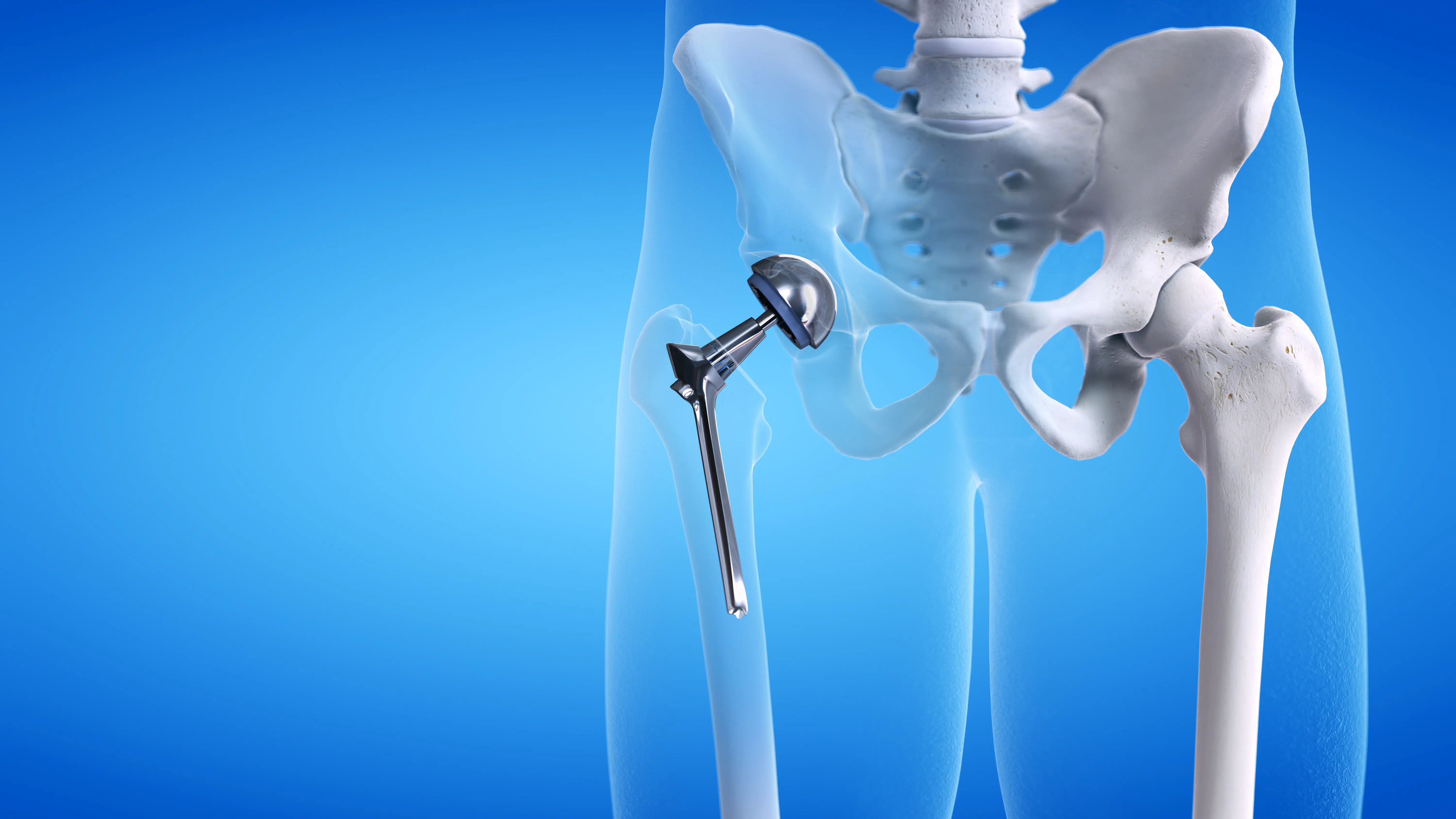
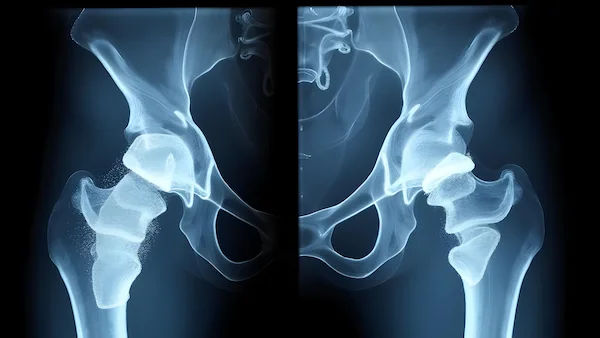
.webp)
